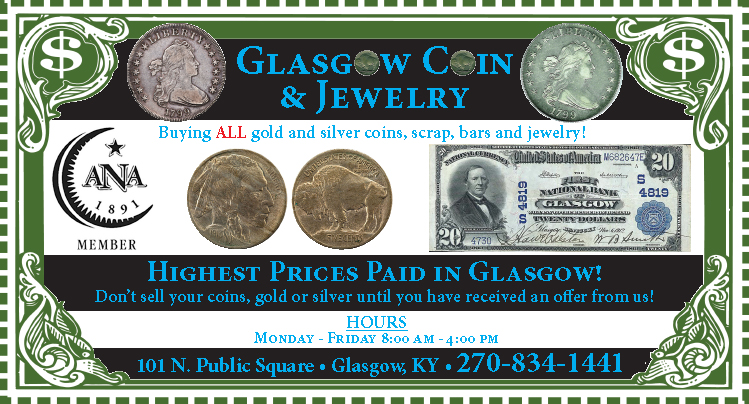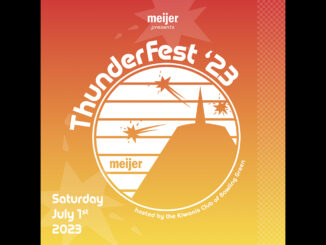
Cities and towns across the country commemorate special days with various festivities, particularly when
warm weather beckons people outdoors. Fireworks long have been a popular way to cap off parades, concerts, sporting events, and national days of celebration. Entire communities come together to watch spectacular shows in which blazing pops of color light up the night sky.
Smithsonian magazine reports that pyrotechnics displays have been astounding audiences all over the world for centuries. As early as 200 B.C. fireworks were developed in China to first scare off mountain men and later evil spirits. However, soon the Chinese incorporated “fire drug,” essentially saltpeter, sulfur and charcoal (a recipe for gunpowder), into their cultural celebrations. Early Chinese fireworks consisted of the gunpowder mixture stuffed in bamboo tubes.
Fireworks have evolved since then, but by and large they’re still comprised of the same main parts: an oxidizer, fuel and chemical mixture to produce desired colors. Fireworks are a wonder to behold when they are part of professional displays, and their history can be interesting as well.
• While the Chinese invented fireworks, Italians helped fine-tune them. Italians are credited with designing aerial shells and figuring out that certain metallic powders could create specific colors.
• The largest consistent fireworks show in the United States is the Macy’s show in New York over the Hudson River on July 4th. More than three million people view the show, which includes more than 40,000 shells.
• The Walt Disney Company is the largest consumer of fireworks in the world, according to Business Insider. It also is the second largest purchaser of explosive devices, behind only the U.S. Department of Defense.
• High-energy metal compounds like copper chloride emit colors like violet and blue in fireworks. Low-energy compounds like strontium chloride produce orange and red.
• The pattern fireworks will produce in the sky is determined by how stars are arranged inside of the shell. Stars are the cubes or spheres that contain the chemicals needed for the firework reaction.
• Mental Floss notes that “daytime fireworks” are made up of colored smoke and can be seen during the day.
• Individuals who are employed in the manufacture of fireworks must wear cotton clothing, including undergarments, as synthetic clothing can create sparks capable of detonating fireworks, according to Alamo Fireworks.
• Various fireworks shapes have their own names. They may be called willows, palms, crossettes, horsetails, rings, cakes, and more.
• New Castle, PA is known as the “Fireworks Capital of America” because Zambelli Fireworks Internationale and Pyrotecnico both got their start there in the mid-nineteenth century.
• Scientists are currently working to create more eco-friendly fireworks.
Fireworks will soon be booming in towns and cities all over, and their history is as interesting as their displays are awe-inspiring.
-by Jordan McGuinness



